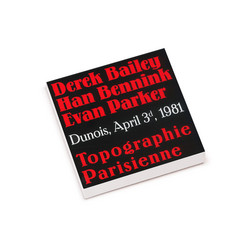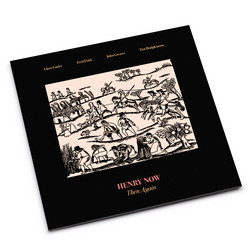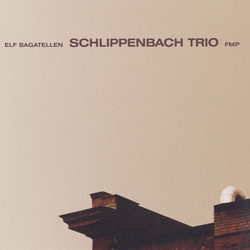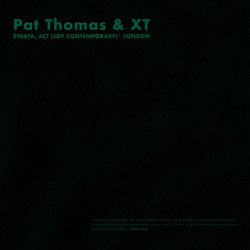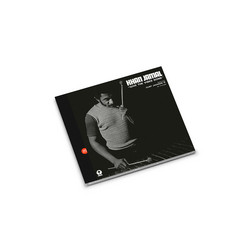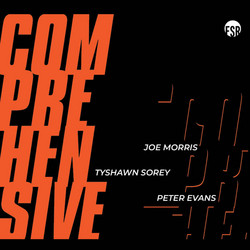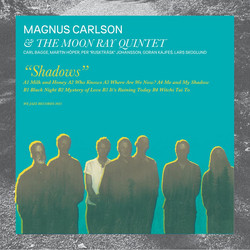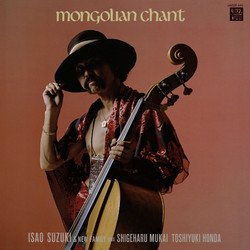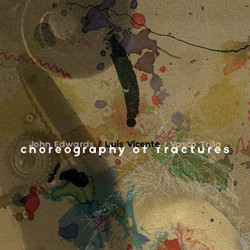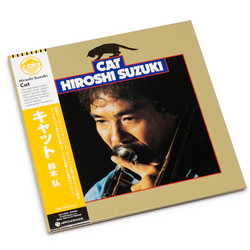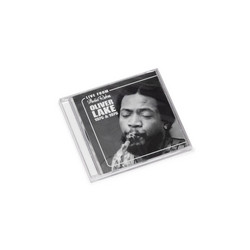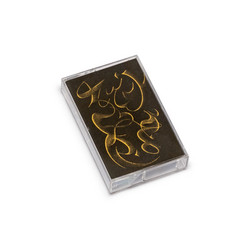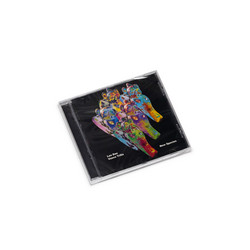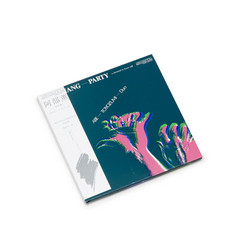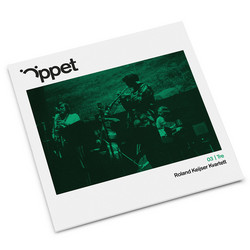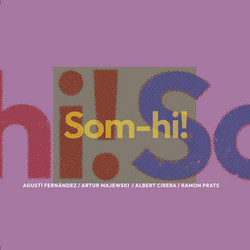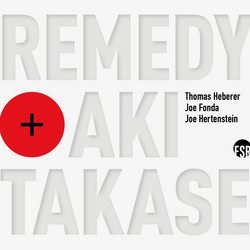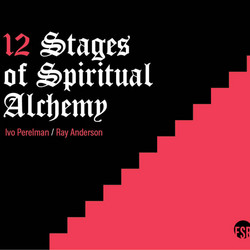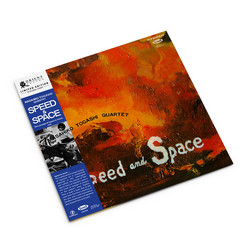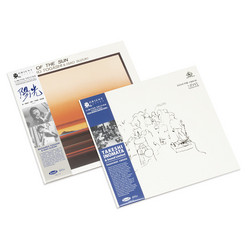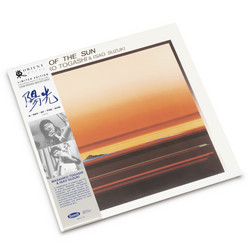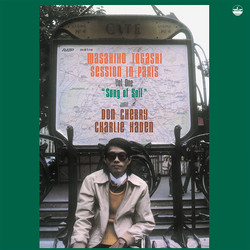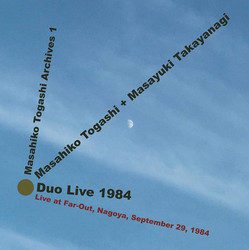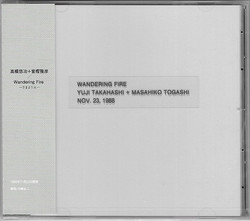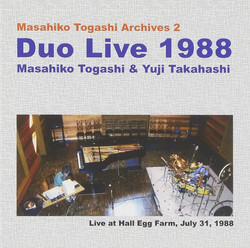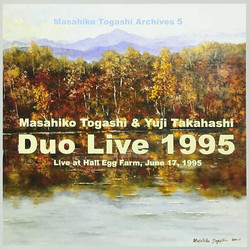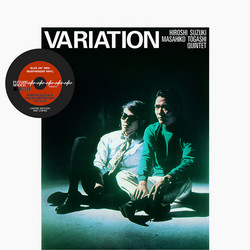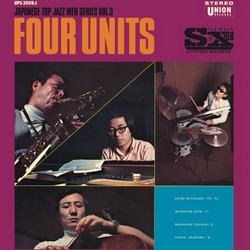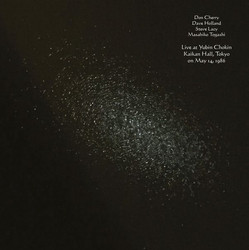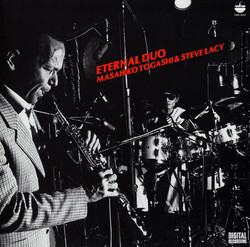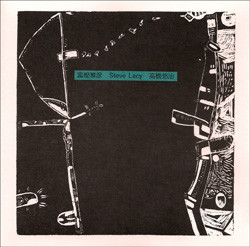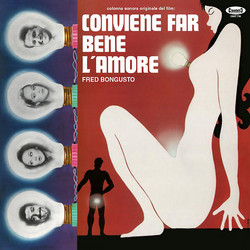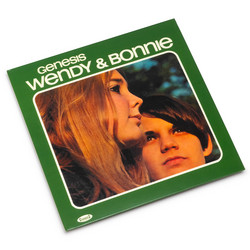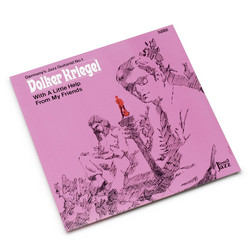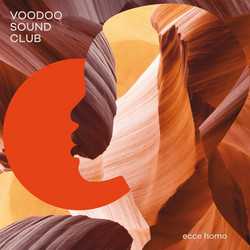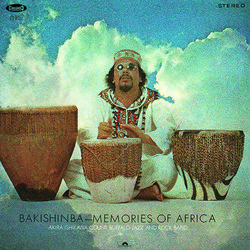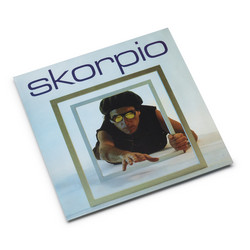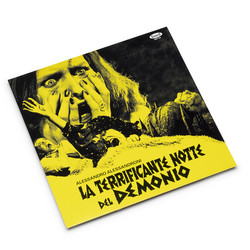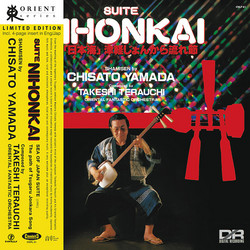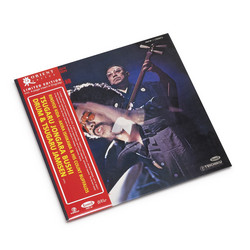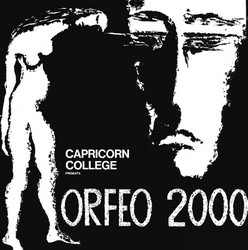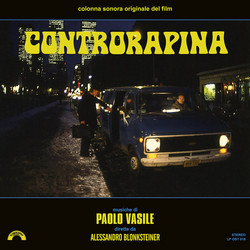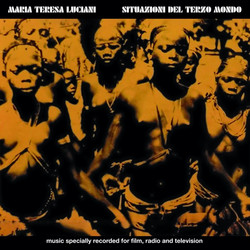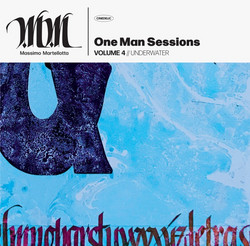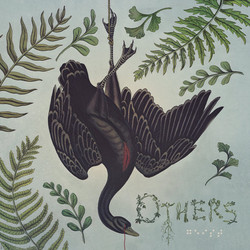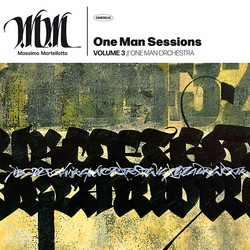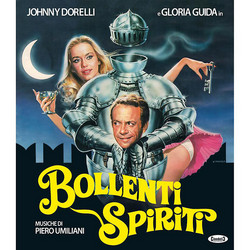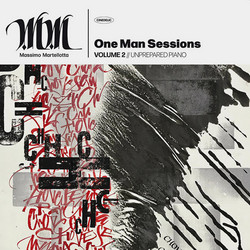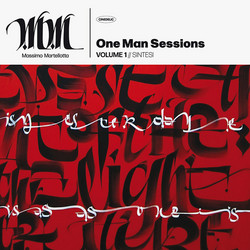Masahiko Togashi
Story Of Wind Behind Left (LP)
Recorded in September 1975 at Columbia Studio, “Story Of Wind Behind Left” is a symphonic poem in the shape of a suite. On the album, Masahiko Togashi uses music to communicate the same feelings evoked by nature. The drummer demonstrates unique composition and performance skills in the way he imitates the sounds of nature or takes inspiration from nature itself to make music. With “Story Of Wind Behind Left” Masahiko Togashi revolutionized the Japanese free jazz scene, that was thriving in the 1970s, but was largely unknown in the West. The performers shared a strong spirit of adventure as they accepted innovations in creative music and free improvisation from the United States and Europe while attempting to discover their own voice with an entirely unique approach to improvised music.
For Masahiko Togashi, 1974 was a very important year, opening a momentous season. The two co-headlining events with Don Cherry and the recording of the album "Song for Myself" (together with Sadao Watanabe, Masahiko Satoh and Masabumi Kikuchi) are to be considered outstanding and could be called new encounters and a restart for him. In particular, the meeting with Don Cherry taught Togashi a new relationship with music that he had been seeking for some time; it can be said that he discovered a way of being and how to develop this freedom in a purer, more open and natural way through music.
One result of this discovery can definitely be considered "Song for Myself."
Togashi continues to look into the spread and depth of each sound, rhythm, colours, shadow and breath as if discovering, meeting and confirming each of his inner sensibilities and images. Lyricism and music created the joy and sparkle of his free being. It was definitely Togashi's new departure. The beginning of unlimited personal development and creativity.
The music's extreme abstractness allows for a wide range of options, but the key themes here are pure sound and space, which are explored through a heavy use of silence, ever-changing dynamics, and sluggish structural changes that unfold with an organic/nature drifted musicality.
The record includes an insert with the original liner notes translated into English.
Recorded on November 22, 1969 at Teichiku Kaikan Studio, Tokyo.
